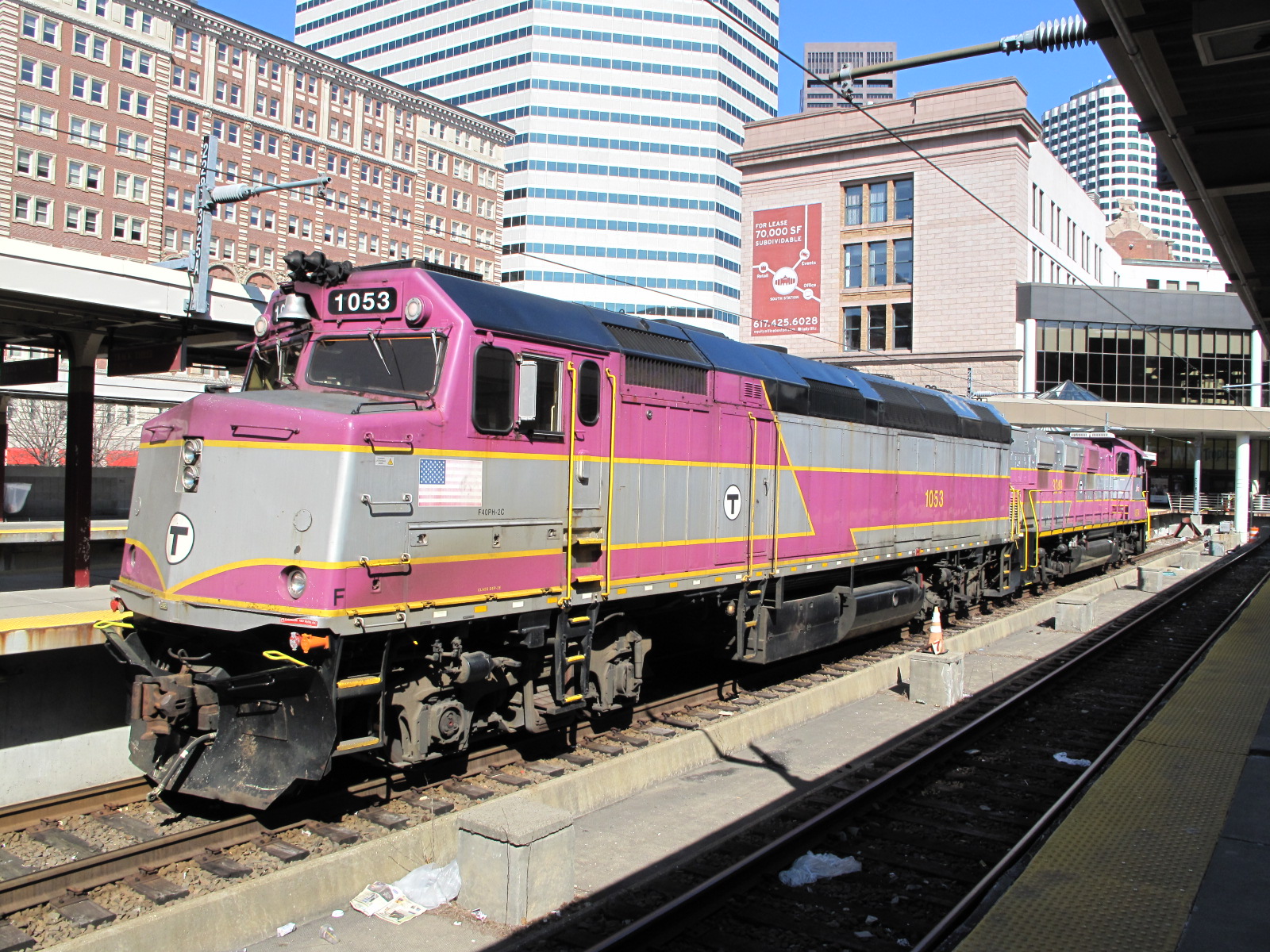bigeman312
Senior Member
- Joined
- Jul 19, 2012
- Messages
- 2,361
- Reaction score
- 2,360
Quick Red Line Data Update through 11/1/2023
- Median Ashmont Branch round trips improved by 37 seconds day-over-day to 17:07
- Only 21 seconds slower than the fastest on record.
- Faster than any day outside of lowest-low ridership COVID days:
- Fastest since Labor Day, 2021, which likely had about 50% of the ridership of yesterday (11/1/2023) at most.


